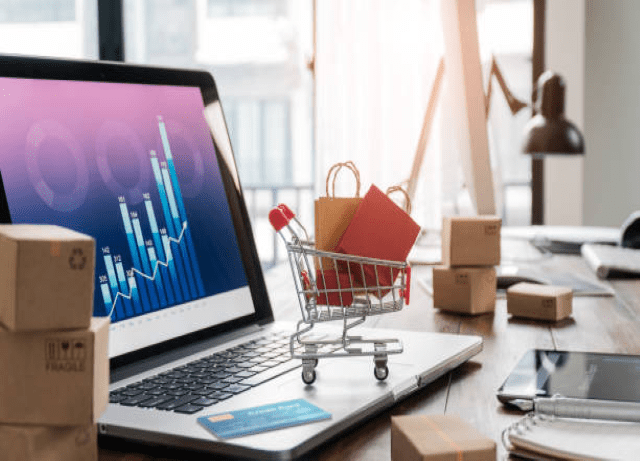Man vs machine…who is better for trading? After all, there is a lot of money at stake in business. But despite the fact that automatic trading has been used seriously for the last 20 years, it is still not common in trading strategies.
But first, what are the main differences?
Manual trading
Manual trading is the traditional way. A trader considers a number of factors to assess the “health” of a company and the potential loss and profit based on those factors. These can include the value of the physical stock, the historical performance of key executives and of course the past of the stock. With the right information, the trader examines the risks and makes a calculated decision whether to invest and how much to invest.
Automated Trading
As the name suggests, automated trading machines create using algorithms. This allows them to trade stocks in fractions of a second, and of course they can process data much faster than a human. Automated trading looks at scenarios and can watch for small and sudden price changes, for example, to maximize profits. The business owner can also decide how much automation to use.
Both have advantages and disadvantages.
Manual traders can react to news and gain more flexibility with sudden changes in stocks, while algorithms trade based on scenarios. Manual traders work in a trading system and are subject to human emotions – fear, greed and human error.
Automated investments are extremely fast and eliminate the need for human decision making. The trader can still set the parameters of his auto trading.
At this point it is worth noting that there are also various merchants. Retail traders are individuals who trade in individual accounts, while institutional traders trade in securities that are not available to retail traders and are often required for IPO investments.
An auto trader can operate several strategies at the same time, but he is also exposed to the risks of an auto trading system – disconnection or mechanical failure.
Backtesting
Backtesting is part of a quantitative or automated trading strategy that tests the historical performance of stocks to see how they would do if you invested in them today. By backtesting a strategy, traders can make calculated decisions about a stock’s performance. In theory, if a stock performs well in backtesting, it may perform well today or in the future. By testing in this way, investors can make a decision without risking their capital.
As seen in the market
Although manual trading is subject to human error and emotion, it is still based on a wealth of knowledge and market experience.
There are many car trading platforms today, many of which make bold claims about the returns available. But there are also real automated trading systems used by major financial institutions that can generate real income. It really depends on the type of investment you have and how much you can contribute.
Best traders monitor the market constantly, but if you are trading to improve your accounts, you can benefit from using an automated system.
The commonality is that there are no “leave it and wait to see” investment schemes. Even the most basic automated trading platform will require your input at some point if you want to make money. All of them stop making money at some point, so as a beginner you have to survive when you stop investing your money.
Final Thoughts
The answer to whether auto trading is better or worse than manual trading is like many useless but realistic answers. Because “it depends”.
Robots can definitely process information faster than a human and don’t need sleep. However, an automated trading platform relies on algorithms and cannot adapt when something unexpected happens that changes the nature of the market, such as an earthquake or a change of government.
Automated trading also allows traders to test their theories to reduce risk. Manual trading is based on a more traditional approach that relies on the experience and knowledge of the trader.
Some traders combine the two and look at both quantitative and qualitative elements to create their strategy.




